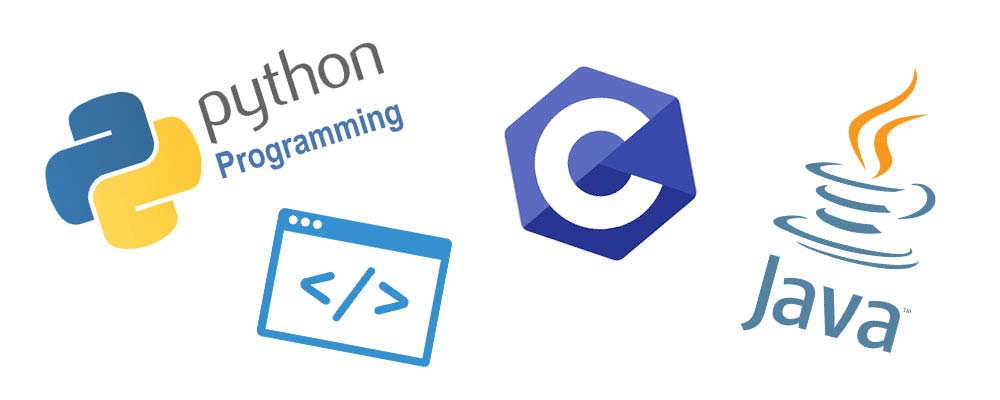In the world of software development, two fundamental programming paradigms have been prevalent for decades: procedural programming and object-oriented programming (OOP). These paradigms represent different approaches to organizing and designing code, and they each have their own strengths and weaknesses. In this blog post, we will explore the key differences between procedural and object-oriented programming, their respective advantages, and when to choose one over the other.
Procedural Programming
Procedural programming is one of the oldest and simplest programming paradigms. It is based on the idea of breaking down a program into smaller, reusable procedures or functions. These procedures are a series of steps that execute in a linear fashion. The focus in procedural programming is on the step-by-step execution of tasks.
Key Characteristics of Procedural Programming
1. Functions: Procedural programs are organized around functions or procedures. Each function performs a specific task and can be called from other parts of the program.
2. Data and Logic Separation: In procedural programming, data and the functions that operate on the data are typically separate. Data is often stored in global variables that can be accessed and modified by different functions.
3. Limited Reusability: While functions can be reused within the program, they are not designed for reuse in other parts of the codebase.
4. Modularity: Procedural code can be organized into modules, making it easier to manage and maintain.
5. Example Language: C is a classic example of a procedural programming language.
Object-Oriented Programming (OOP)
Object-oriented programming, on the other hand, is a more modern paradigm that revolves around the concept of objects. In OOP, the focus is on modeling real-world entities as objects and representing their behavior through methods. This paradigm encourages the bundling of data and the functions that operate on that data into self-contained units called objects.
Key Characteristics of Object-Oriented Programming
1. Objects: Objects are instances of classes and represent real-world entities. They encapsulate both data (attributes or properties) and behavior (methods).
2. Encapsulation: OOP promotes data hiding and encapsulation. Objects expose a well-defined interface for interacting with their data while hiding the internal implementation details.
3. Inheritance: Inheritance allows the creation of new classes by inheriting properties and methods from existing classes. It promotes code reuse and the modeling of "is-a" relationships.
4. Polymorphism**: Polymorphism enables objects of different classes to be treated as instances of a common superclass. This allows for more flexible and extensible code.
5. Example Languages: Java, C++, and Python are widely used object-oriented programming languages.
Key Differences
1. Data and Logic Organization:
- Procedural: Data and logic are often separate, and global variables are commonly used.
- OOP: Data and logic are encapsulated within objects, promoting better organization and reducing the risk of data corruption.
2. Code Reusability:
- Procedural: Functions are reusable within the program but not easily reusable in other parts of the codebase.
- OOP: Objects and classes promote code reusability both within the program and in other projects.
3. Modularity:
- Procedural: Procedural code can be modular, but it may lack the inherent modularity of OOP.
- OOP: OOP inherently supports modularity through the encapsulation of data and behavior within objects.
4. Complexity Management:
- Procedural: Well-suited for small to moderately complex programs.
- OOP: Well-suited for larger and more complex software projects, as it provides a structured way to manage complexity.
5. Readability and Maintainability:
- Procedural: Can become harder to read and maintain as the codebase grows.
- OOP: Generally results in more readable and maintainable code due to its organization around real-world entities.
When to Choose Procedural Programming
Procedural programming may be a suitable choice in the following scenarios:
1. Small Projects: For small projects with limited complexity, procedural programming can be more straightforward and efficient.
2. Performance-Critical Applications: In situations where performance is crucial and low-level control over resources is required, procedural languages like C can be advantageous.
3. Portability: Procedural languages often produce more portable code that can be easily compiled on different platforms.
When to Choose Object-Oriented Programming
Object-oriented programming is often a better choice in the following scenarios:
1. Large and Complex Projects: For large software projects with multiple modules and a complex architecture, OOP provides a more structured approach to manage complexity.
2. Software Reusability: If you plan to build a library or framework that can be reused across multiple projects, OOP's encapsulation and inheritance mechanisms make it a natural fit.
3. Collaborative Development: OOP promotes better collaboration among developers by providing a clear and standardized way to design and interact with objects.
4. Real-World Modeling: When modeling real-world entities and their relationships, OOP's use of objects and classes aligns well with the problem domain.
In the world of software development, the choice between procedural and object-oriented programming depends on the specific requirements of the project. Each paradigm has its own strengths and weaknesses, and the decision should be based on factors such as project size, complexity, maintainability, and the need for code reuse. As software development continues to evolve, new paradigms and approaches are also emerging, providing developers with a diverse set of tools to address different challenges. Ultimately, the key to success lies in selecting the right paradigm for the right task.

Comments
Post a Comment